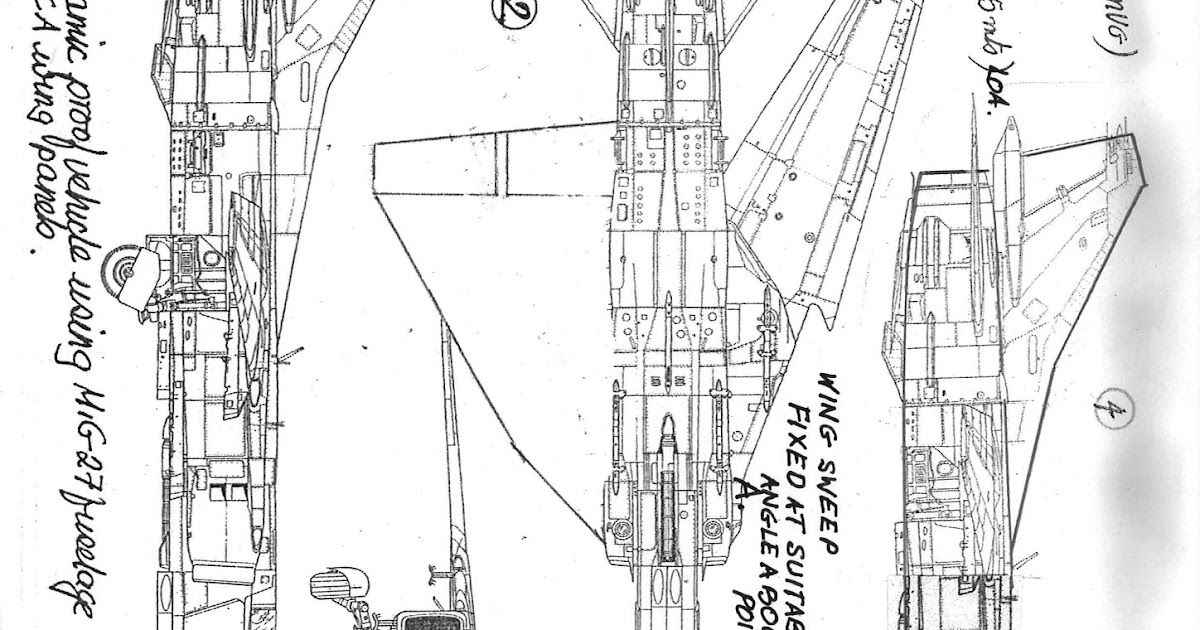Ok let me bite.
1. Tejas is draggy. Yes but so are all other aircraft in the world. Can't escape drag. A better statement would be "Tejas is draggier than x" which would be true for some x. Reason for that is
a. Tejas was initially planned as a replacement for the MiG21, hence had to be of similar length as that aircraft to fit into existing HAS. And it also had a requirement to fly from high altitude airbases. Hence it has dimensions of a light fighter but wings of a medium fighter (for extra lift). Result is more drag compared to x. Aerodynamics is all about choices and the Tejas designers chose one particular design to achieve some particular outcomes.
b. Area ruling requires a longer length for the wingspan but can't be too long as it needed to match MiG21 wingspan. Hence draggier than x.
c. Pylon optimization not done.
2. Mk1A will be ready much sooner than Mk2 which has yet to roll out let alone fly and get certified. Mk2 is a different aircraft and hence will take longer to get into service, at least 2027 to 2028 timeframe.
At least that's my understanding.
lot of people take the older CEMILAC remedy which said that "to achieve supersonic speeds at sea level (at that time tejas mk1 didnt go supersonic at sea level),
Tejas has to have a much SMOOTHER coke bottle shape area ruling curve , because the sudden increase in cross section (at around three to five meters length of Tejas fuselage) gives a higher trans sonic drag , which stops tejas mk1 from achieving mach 1 at sea level"
Then suggested that it had to have a 0.5 meter nose plug fr SMOOTHER coke bottle shape area curve,
However the point to note is, that subsequently , tejas went supersonic at sea level, WITHOUT incorporating the suggestions (nose cone plug) given by CEMILAC , with further opening of the flight envelope,
[May be implementing them would hv given much better Tejas mk1 at the flight envelope point of "trans sonic at sea level", but we hv to consider whether other design factors were too important to be compromised fr this better area ruling (when design started), which only people with inside knowledge can know, Also we dont hv area curves of other fighters to compare, And we also dont know whether all fighters hv to make smaller compromises like these at design phase, to accommodate other design parameters,
because unlike civilian planes that can strictly adhere to this ruling, fighters need to carry many equippments to perform their mission at much stringent flight envelope specs]
And note, this trans sonic drag becomes an issue to note ' ONLY AT SEA LEVEL & WHen Tejas approaches MACH 1), it doesnt particularly affect it in other flight envelopes,
Because most of the time tejas & other fighters doesnt fly at trans sonic speeds continuously, at sea level altitude, they either push through or fly below mach, and during close combat where stricter AOA & max Gs come into play Tejas like other fighters fly well below the trans sonic speed, this close combat speed where max Gs are pulled is called corner speed, (below trans sonic speed),
Notice the larger wing or "trans sonic drag"doesnt affect its ferry range(>3000 km like fighters of it class) or 9 seconds vertical half loops in singapore air show .
ANy way tejas mk2 gets much longer fuselage and will hv much better smoother area ruling curve , giving it better trans sonic peformance,
But lot of people omit all these finer points and unfairly attach "drag" to tejas mk1 at all parameters of its flight envelope , disregarding CEMILAC's diagnosis
Tejas wing area has to take indian climate into account, which saps a good chunk of engine thrust and wing lift from standard international conditions, which too had to be taken into account when we talk about this

 , what is new in it??
, what is new in it??


